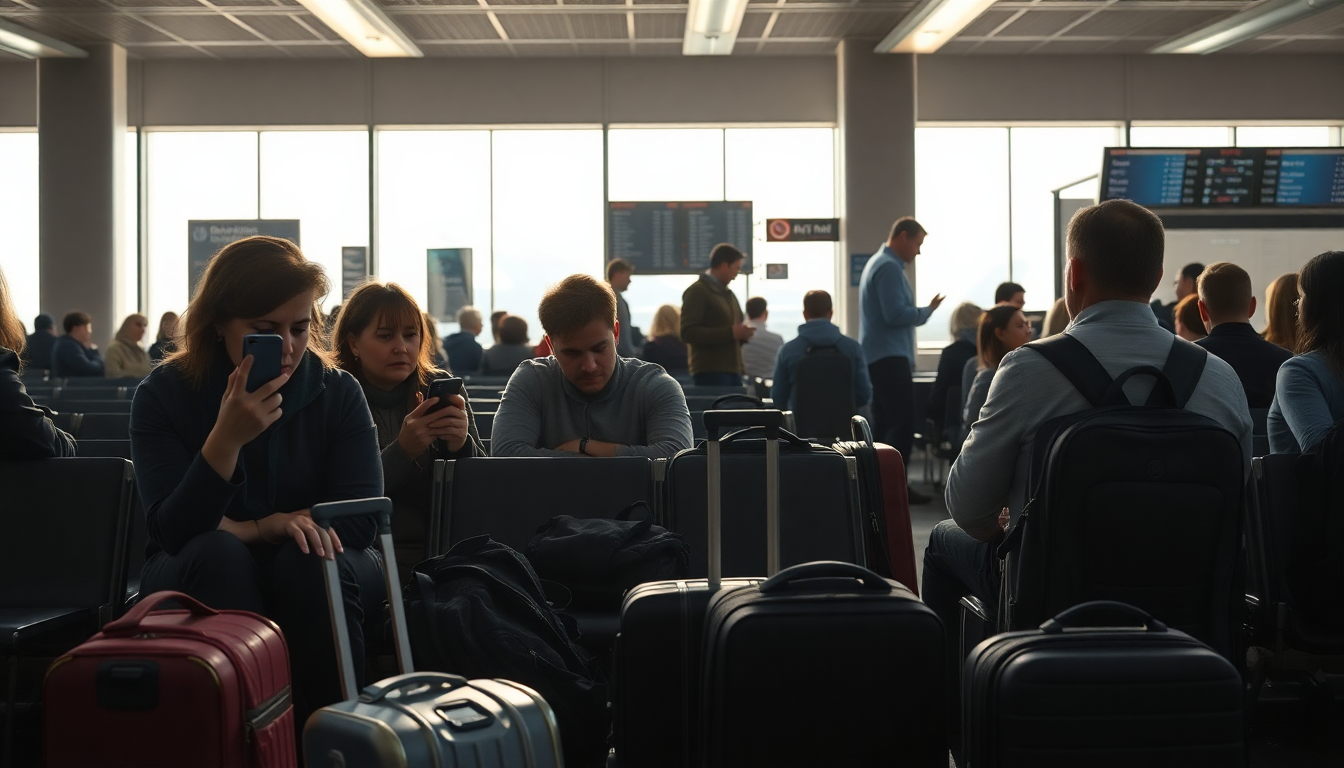Table of Contents
The recent strike by Air Canada has thrown a wrench into travel plans for many, especially those needing to get to important events like funerals. Imagine trying to book a last-minute flight only to be hit with sky-high ticket prices.
Families are scrambling for alternatives, but the costs can be downright shocking, leaving travelers feeling frustrated and financially squeezed. It begs the question: is it ethical for airlines to hike prices during crises?
The impact of the Air Canada strike
Take Vivian Paguio and her family, for example. They faced a daunting challenge as they tried to reach Toronto for a funeral. Initially quoted an eye-watering $11,000 for five tickets, they later found a slight reduction to $10,000.
While it might seem like a bargain, that’s still a staggering amount for most families. To make matters worse, the uncertainty surrounding refunds only adds to their stress, particularly during such a sensitive time.
Vivian’s attempts to book with other airlines like WestJet and Porter have met with similarly inflated prices.
This pattern highlights a troubling trend where travelers often find themselves at the mercy of airline pricing strategies that seem to take advantage of limited availability, especially during strikes or cancellations. Have you ever felt like airlines are simply cashing in on a tough situation?
Understanding the dynamics of airline pricing
Travel expert Claire Newall sheds light on a key factor behind these rising costs: dynamic pricing models. As flights fill up and departure dates draw near, ticket prices can skyrocket. This isn’t typically classified as price gouging; rather, it’s a reflection of market demand and supply, as explained by experts like John Gradek from McGill University.
He points out that airlines are free to set prices based on their perceived value of remaining seats, which can lead to a situation where a ticket costing $999 one week suddenly jumps to $1,999 the next. Can you imagine the frustration of seeing that happen?
These dynamics often leave passengers feeling taken advantage of, especially in times of crisis. Unfortunately, the lack of regulatory oversight in Canada allows airlines to adjust prices as they see fit, leading to some jaw-dropping fare increases. This raises an important question: how should airlines handle pricing during labor disputes and other disruptions?
What travelers can do in this situation
If you find yourself caught in the whirlwind of rising airline prices, staying flexible is key. Exploring various options and being proactive with your flight searches can help you find more reasonable fares. Consider using travel apps or fare comparison websites to uncover the best available deals, even when prices seem outrageous. Have you ever checked multiple platforms to snag a better deal?
It’s also wise to keep yourself informed about your rights when it comes to refunds and compensation during these disruptions. Knowing each airline’s policies can make a significant difference if you face cancellations or delays. As the situation unfolds, monitoring union negotiations and updates from Air Canada could give you an idea of when normal operations might resume. Staying in the loop is essential!
Looking ahead: the future of airline travel post-strike
The ongoing standoff between Air Canada and its flight attendants raises important questions about the future of air travel in Canada. With unions advocating for better pay and working conditions, we might see more disruptions that could impact both pricing and availability. In the coming months, travelers should brace themselves for fluctuating fares as airlines respond to market demands and operational changes following labor negotiations.
As we focus on resolving the current strike, it’s clear that the long-term future of air travel in Canada hinges on how airlines and unions engage in constructive discussions. For travelers, understanding the factors driving airline pricing and planning ahead will be crucial as they navigate these challenges. What strategies will you use to stay ahead in this complicated landscape?





